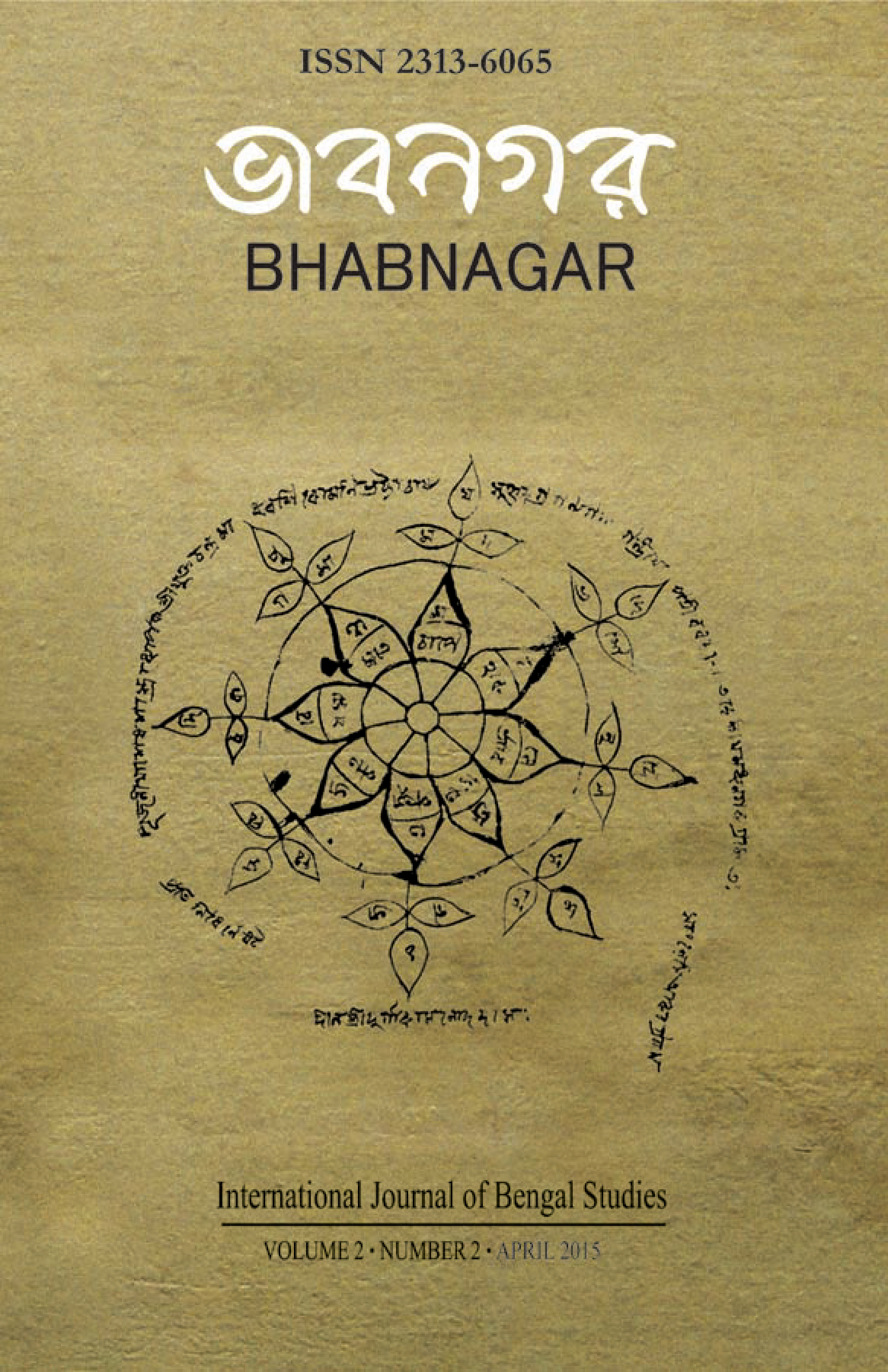আলিস্তর ক্রোলির যোগসাধনা বাংলার বাউল ও সুফি সাধনার সাদৃশ্য অনুসন্ধান | The Yoga of Aleister Crowley An Inquiry into its Resemblance to Bengali Baul and Sufi Practice
DOI:
https://doi.org/10.64242/bijbs.v2i2.4Abstract
Is there any commonality between the yogic sadhana of Bangladesh and West Bengal and the spread of yogic practices in the English-speaking world? A survey of recent academic scholarship on the subject will turn up a wide variety of opinions concerning a major avenue for the spread of yoga: the methods that British occultist and poet Aleister Crowley (1875-1947 C.E.) adopted for teaching yoga within his Thelemic magical orders A..A.. and Ordo Templi Orientis (O.T.O., which also oversees an ecclesiastical wing named Ecclesia Gnostica Catholica or E.G.C.). These scholarly opinions on "Crowley's yoga" are usually brief, often somewhat disparaging, and given the fleeting nature of the reference seem to implicitly argue that Crowley's role in the historical spread of yogic and/or tantric teachings from South Asia to parts of Europe and North America in the late 19th century-largely effected by the efforts of Swami Vivekananda, H.P. Blavatsky and the Theosophical Society, and Sir John Woodroffe was minimal at best and problematically rooted in the romanticism and orientalism of the period. However, other scholars have published research recently that presents a markedly alternative story, research which implies that Crowley has had more impact on the dissemination of yogic and tantric teachings than most academics since Eliade's ground-breaking study on yoga have cared to admit. The first part of this article aims to contribute to this discourse by contextualizing Aleister Crowley and the movement Thelema with special reference to the influence of yogic ideas on the tradition, especially within the A..A.. system of teaching and testing. The second part of the paper focuses on the groundbreaking research of Ahmad Sharif, especially his evidence that yogic ideas permeate Bengali literature irrespective of religion; he writes that Hinduism, Islam, Buddhism, and even non-religious literature and poetry are full of yogic discourse. If yoga is not limited either to a single religion or language, comparing forms of yogic practice in other cultural contexts can also allow scholars to better understand its perennial practice in Bangladesh and West Bengal.

Downloads
Published
Issue
Section
License
Copyright (c) 2015 BHĀBANAGARA: International Journal of Bengal Studies

This work is licensed under a Creative Commons Attribution-NonCommercial-NoDerivatives 4.0 International License.





